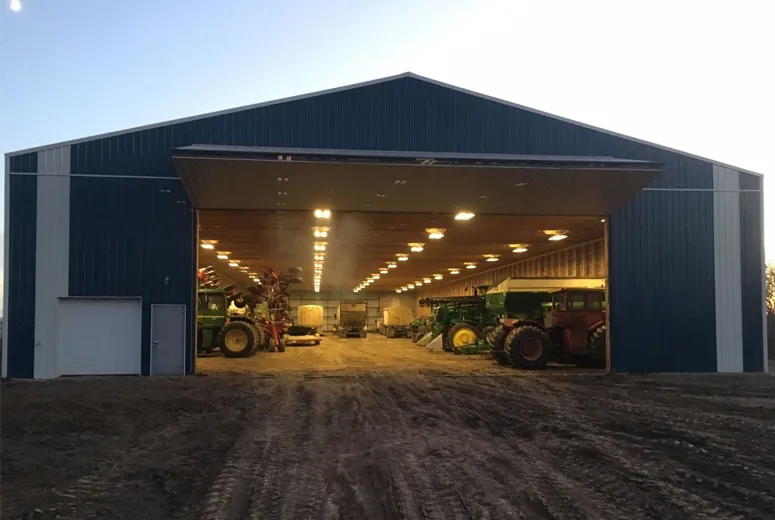- Afrikaans
- Albanian
- Amharic
- Arabic
- Armenian
- Azerbaijani
- Basque
- Belarusian
- Bengali
- Bosnian
- Bulgarian
- Catalan
- Cebuano
- Corsican
- Croatian
- Czech
- Danish
- Dutch
- English
- Esperanto
- Estonian
- Finnish
- French
- Frisian
- Galician
- Georgian
- German
- Greek
- Gujarati
- Haitian Creole
- hausa
- hawaiian
- Hebrew
- Hindi
- Miao
- Hungarian
- Icelandic
- igbo
- Indonesian
- irish
- Italian
- Japanese
- Javanese
- Kannada
- kazakh
- Khmer
- Rwandese
- Korean
- Kurdish
- Kyrgyz
- Lao
- Latin
- Latvian
- Lithuanian
- Luxembourgish
- Macedonian
- Malgashi
- Malay
- Malayalam
- Maltese
- Maori
- Marathi
- Mongolian
- Myanmar
- Nepali
- Norwegian
- Norwegian
- Occitan
- Pashto
- Persian
- Polish
- Portuguese
- Punjabi
- Romanian
- Russian
- Samoan
- Scottish Gaelic
- Serbian
- Sesotho
- Shona
- Sindhi
- Sinhala
- Slovak
- Slovenian
- Somali
- Spanish
- Sundanese
- Swahili
- Swedish
- Tagalog
- Tajik
- Tamil
- Tatar
- Telugu
- Thai
- Turkish
- Turkmen
- Ukrainian
- Urdu
- Uighur
- Uzbek
- Vietnamese
- Welsh
- Bantu
- Yiddish
- Yoruba
- Zulu
Nov . 16, 2024 21:55 Back to list
Understanding Metal Frame Structures A Comprehensive Overview
Metal frame structures have become a cornerstone of modern architectural design and construction, celebrated for their strength, durability, and versatility. This framework system, primarily composed of steel or aluminum components, offers numerous advantages over traditional building techniques, allowing for innovative designs and efficient construction practices. In this article, we will explore the fundamentals of metal frame structures, their key benefits, applications, and future trends, illustrating why they are favored in contemporary architecture.
What are Metal Frame Structures?
Metal frame structures are buildings that utilize a framework of metal columns, beams, and trusses to support the overall load of the structure. These frames are typically constructed using steel, which is favored for its high strength-to-weight ratio, or aluminum, known for its corrosion resistance and lightweight properties. The metal frame serves as the skeleton of the building, allowing architects and engineers to create large open spaces without the need for extensive internal supports.
Advantages of Metal Frame Structures
1. Strength and Durability One of the most significant advantages of metal frames is their exceptional strength. Steel, for instance, can withstand heavy loads and resist deformation over time, making it a reliable choice for buildings designed to last. Furthermore, metal structures are resistant to various environmental factors, such as rot, mold, and pests, which can compromise traditional wood structures.
2. Design Flexibility Metal frame structures offer unparalleled flexibility in design. The ability to create long spans without intermediate supports enables architects to design open floor plans that can be adapted for various uses. This feature is particularly advantageous for warehouses, factories, and commercial buildings where large unobstructed spaces are required.
3. Sustainability Many metal frame structures are designed with sustainability in mind. Steel and aluminum are highly recyclable materials, thus contributing to a circular economy. Many new metal buildings incorporate energy-efficient designs and materials, such as insulated panels and energy-efficient windows, reducing their overall carbon footprint.
4. Speed of Construction The prefabrication of metal components off-site allows for quicker assembly on-site, significantly reducing construction time. This efficiency not only saves time but also minimizes labor costs and the disruption typically associated with prolonged construction projects.
5. Cost-Effectiveness While the initial expense of materials for metal frame structures can be higher than some traditional methods, the long-term savings often outweigh the initial investment. Reduced maintenance costs, longevity, and energy efficiency contribute to a lower total cost of ownership.
metal frame structure

Applications of Metal Frame Structures
Metal frame structures are utilized in a wide range of applications due to their versatility. Common uses include
- Commercial Buildings Meticulously designed office spaces, shopping malls, and retail outlets often employ metal frames for their large spans and contemporary aesthetics. - Industrial Facilities Warehouses, factories, and distribution centers benefit from the expansive open spaces that metal frame structures provide, allowing for efficient operations and logistics.
- Residential Spaces An emerging trend in residential architecture includes the use of metal frames for modern homes. These structures can feature sleek designs, large windows, and are often paired with sustainable technologies.
- Transportation Infrastructure Bridges and transit facilities leverage the strength of metal frames to ensure safety and longevity while accommodating high levels of traffic load.
Future Trends
As technology progresses, the future of metal frame construction looks promising. Innovations in design software and fabrication techniques are enhancing precision and efficiency, making it easier to construct complex geometries. Additionally, the integration of smart building technologies into metal frame structures is set to increase energy efficiency and occupant comfort.
Furthermore, as the global focus shifts towards sustainability, we can expect to see improvements in the use of recycled materials in metal construction, alongside advancements in low-impact manufacturing processes.
Conclusion
Metal frame structures represent a pivotal advancement in construction technology. Boasting strength, flexibility, and eco-friendliness, they cater to the dynamic needs of modern society. As we move towards a future marked by innovation and sustainability, metal frame construction will undoubtedly continue to play an essential role in building the world around us. The combination of aesthetic appeal and structural integrity not only meets the demands of today but also paves the way for the architectural wonders of tomorrow.
-
How Do Prefabricated Steel Structures Transform Modern Construction?
NewsJul.14,2025
-
How Do Prefabricated Metal Buildings Redefine Modern Construction?
NewsJul.14,2025
-
How Do Prefab Insulated Metal Buildings and Steel Structures Revolutionize Modern Construction?
NewsJul.14,2025
-
How Do Pre - Engineered Steel Structures Redefine Modern Construction?
NewsJul.14,2025
-
Advancing Modular Construction with Prefabricated Metal Structures
NewsJul.14,2025
-
Advancing Industrial Infrastructure with Prefabricated Steel Solutions
NewsJul.14,2025
Products categories
Our Latest News
We have a professional design team and an excellent production and construction team.












